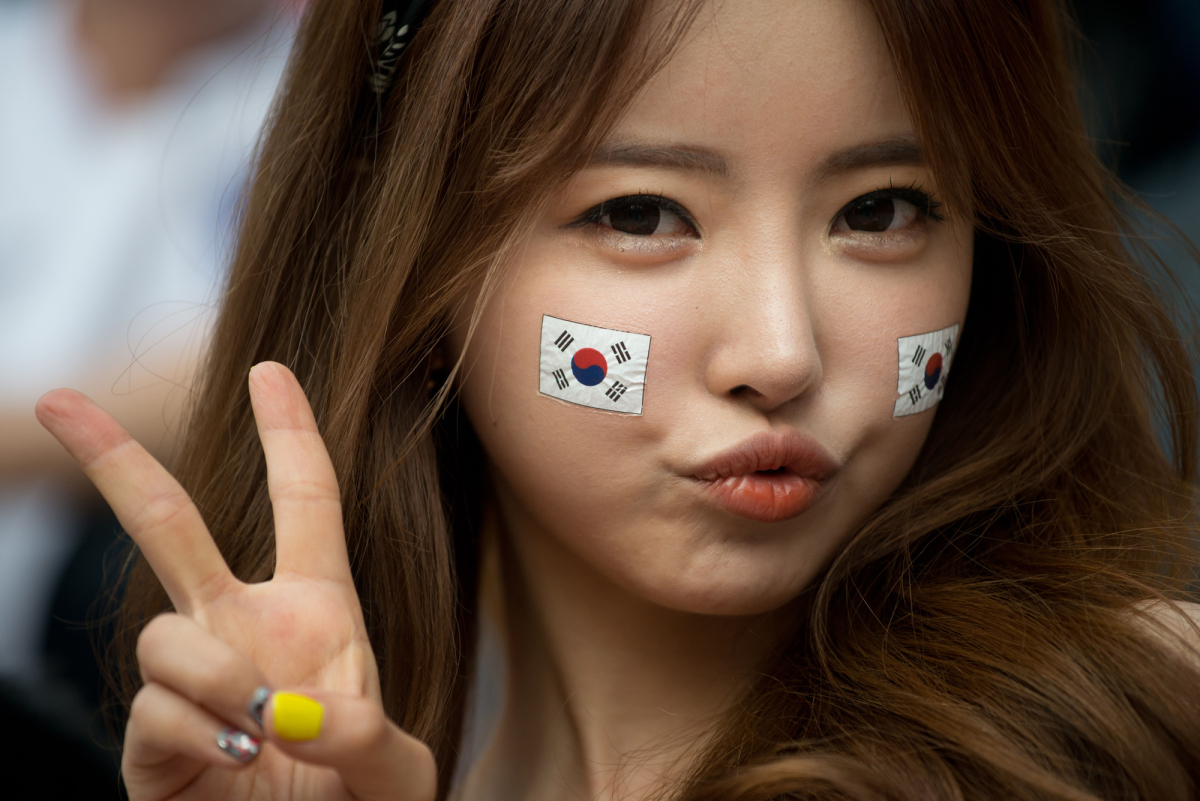Originally published on TIME.com
Spend a few minutes browsing social media, or watch groups of travelers posing in front of a popular tourist attraction, and you’re bound to come across it: attractive young Asians flashing smiles and making the V-for-Victory sign (or peace sign). The raised index and middle fingers, with palm facing outward, are as much a part of Asian portraiture as saying cheese is to English speakers. But why?
To non-Asians, the gesture seems so intrinsically woven into the popular culture of Beijing, Osaka or Taipei as to make it seem that it was forever thus — but, in fact, its earliest origins date back no further than the late 1960s, and the gesture didn’t really find widespread acceptance until the late 1980s.
Some say it began with Janet Lynn. The American figure skater was favored to take home gold in the 1972 Olympics in Japan. But the 18-year-old’s dream came crashing down when she fell during her performance. The gold medal was gone. She knew it, and Japan knew it.
But instead of grimacing, the shaggy-haired blonde simply smiled. Lynn’s behavior ran charmingly counter to the Japanese norm of saving face, and in doing so earned her legions of Japanese fans.
“They could not understand how I could smile knowing that I could not win anything,” said Lynn, who eventually went home with a bronze, in a telephone interview. “I couldn’t go anywhere the next day without mobs of people. It was like I was a rock star, people giving me things, trying to shake my hands.” Continue reading
